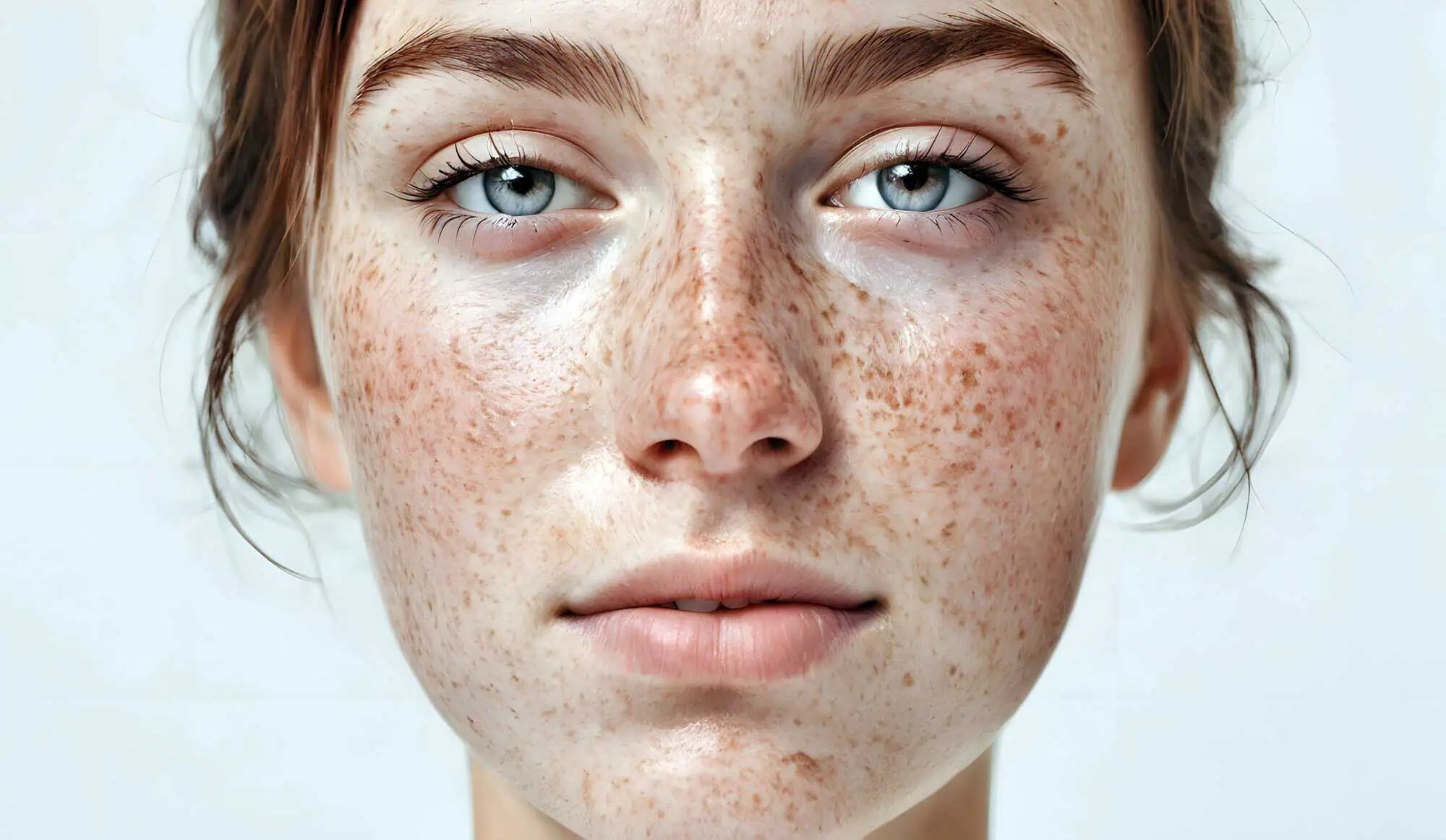Sun Spots in New York, NY

Sun Spots in New York, NY
Sun spots, also known as solar lentigines or age spots, are flat, oval-shaped areas of hyperpigmentation that form on the skin after prolonged exposure to UV radiation. These spots usually develop on areas often exposed to the sun, such as the face, shoulders, hands, back, and arms. They can range in color from light brown to black and are often larger than freckles. Unlike freckles, which may fade when sun exposure is reduced, sun spots typically persist and may darken over time, indicating skin damage from cumulative sun exposure.
What Causes Sun Spots?
Sun spots are primarily caused by ultraviolet radiation from the sun or artificial sources such as tanning beds. UV rays trigger excessive generation of melanin, the pigment that gives skin its color, as the body attempts to protect itself. Over time, this excess melanin can cluster, leading to visible dark spots. Several factors increase the likelihood of developing sun spots, including:
Age
As you age, the skin’s ability to repair itself diminishes, making it more prone to solar lentigines.
Skin Type
Individuals with lighter skin tones are more vulnerable due to lower melanin content.
Genetics
A family history of age spots can increase your risk.
Sun Exposure
Frequent and prolonged exposure without proper protection is a significant risk factor.
What Are the Different Procedures for Sun Spots?
Topical Treatments
These involve products with ingredients like hydroquinone, retinoids, or vitamin C, which can lighten sun spots over time. A combination of these ingredients inhibits melanin production and promotes the turnover of skin cells.
Chemical Peels for Sun Spots
This treatment uses acids to exfoliate the top layer of skin, promoting the growth of new, undamaged skin and reducing pigmentation. Chemical peeling for sun spots is particularly effective in improving overall skin tone.
Laser Therapy for Sun Spots
This method targets the melanin in sun spots with laser energy, breaking down the pigment and making the spots less visible. Laser therapy for sun spots is often recommended for larger or more stubborn areas of skin discoloration.
Microdermabrasion
This procedure involves exfoliating the skin’s surface to eliminate dead skin cells and encourage new cell growth, reducing the appearance of sunspots over time. It’s a non-invasive option suitable for mild cases of hyperpigmentation.
What Are the Results?
Results from treatments for sun spots can vary depending on the method used. Topical therapies may take weeks to months to show improvement, while chemical peels and laser therapy can provide more immediate results. However, multiple sessions may be required for optimal outcomes. After treatment, sun spot prevention is crucial to maintain results and prevent new spots from forming. This includes using sunscreen, wearing protective clothing, and avoiding peak sun hours.
What to Expect After Sun Spot Treatment?
Topical Treatments
Gradual results over weeks to months; best for mild sun spots with consistent use.
Chemical Peels
Faster results after a few sessions; effective for superficial to moderately deep sun spots with minimal recovery time.
Laser Therapy
Immediate, noticeable improvements; ideal for deeper pigmentation, though multiple sessions are usually needed.
Post-Treatment Maintenance
Daily sunscreen, protective clothing, and avoiding peak sun hours are crucial to maintain results and prevent new spots. Regular skin monitoring is recommended.
Benefits of Treating Sun Spots include
- Reduces visible hyperpigmentation
- Improves overall skin tone and texture
- Diminishes the appearance of age spots
- Prevents further skin damage from UV exposure
- Enhances skin's natural radiance
- Reduces the risk of skin discoloration
- It provides a smoother skin surface
- Minimizes the appearance of dark spots
- Promotes healthier skin through regeneration
- Offers non-invasive options with minimal downtime
Frequently Asked Questions
Sun spots are benign and do not turn into skin cancer. However, they indicate significant UV radiation exposure, which increases the risk of developing skin cancer. It’s essential to monitor any skin changes and consult a dermatologist for regular check-ups.
Sun spot prevention involves using broad-spectrum sunscreen with SPF 30 or greater, wearing protective clothing like wide-brimmed hats and long sleeves, and avoiding peak sun exposure between 10 a.m. and 4 p.m. Avoiding tanning beds is also crucial.
Laser therapy for sun spots can cause temporary discomfort, redness, swelling, and swelling around the treated area. These side effects usually subside within a few days. It’s essential to follow post-treatment care instructions to minimize complications.
Results from a chemical peel for sun spots can last several months, depending on skin type and post-treatment care. Maintaining the results may require regular maintenance treatments and prevent new sun spots from developing.
Microdermabrasion is ideal for most skin types, but those with sensitive skin or certain skin conditions should speak with a dermatologist before the procedure. It’s particularly effective for mild hyperpigmentation.
While over-the-counter products can help lighten sun spots, specialized procedures like chemical peels and laser therapy offer more significant and lasting results. It’s best to consult a dermatologist to determine the most effective treatment plan.
